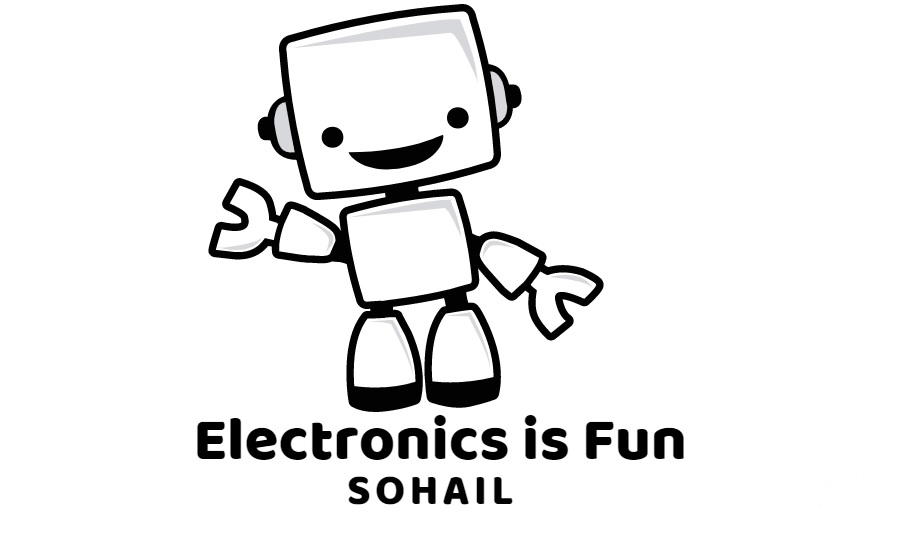Introduction
The world of electronics is in a state of constant innovation, and one of the driving forces behind this transformation is 3D printing technology. While 3D printing has made significant strides in various industries, its potential within the electronics sector is nothing short of revolutionary. In this blog post, we will explore the current applications of 3D printing in electronics and delve into the exciting future possibilities it holds.
I. The Convergence of 3D Printing and Electronics
Traditionally, electronics manufacturing involves intricate and precise assembly processes. Printed circuit boards (PCBs) and electronic components are painstakingly manufactured and assembled by skilled technicians. However, 3D printing technology has begun to redefine this landscape, providing a faster, more efficient, and innovative way to create electronic devices.
II. Current Applications
Rapid Prototyping
3D printing technology has become an invaluable tool for rapid prototyping in the electronics industry. Engineers and designers can quickly create prototypes of PCBs and enclosures, allowing for iterative design improvements. This significantly reduces the time and cost associated with product development.
Customized Electronics
The ability to customize electronic devices and components is a key advantage of 3D printing. With this technology, it's possible to create bespoke enclosures, connectors, and even PCB layouts tailored to specific applications or customer needs.
- Integration of Components
3D printing enables the integration of electronic components directly into the structure of a device or product. This can lead to space-saving designs and enhanced durability, as there are fewer separate parts and connectors.
- Flexible Electronics
Flexible electronics, such as wearable devices and flexible displays, have benefited greatly from 3D printing. Additive manufacturing allows for the creation of flexible circuits and components, making it easier to design and produce wearable technology with improved form factors and comfort.
III. Future Applications
- 3D-Printed Circuit Boards
One of the most exciting prospects is 3D-printed circuit boards. This innovation has the potential to eliminate the need for traditional PCB manufacturing processes. 3D printers equipped with conductive ink extruders can create complex, multilayered circuits directly, opening up new possibilities for miniaturization and design flexibility.
- Embedded Sensors and Antennas
3D printing technology can be used to embed sensors, antennas, and other components directly into the structure of devices. This creates sleek and integrated designs while maintaining the functionality of the electronics. Imagine a smartphone with embedded 5G antennas or a drone with built-in environmental sensors.
- Smart Fabrics and E-Textiles
3D printing in the realm of textiles and fashion is on the rise, with electronic components and sensors being integrated into clothing. E-textiles are becoming smarter, and the future holds the promise of garments with 3D-printed electronic components, such as LEDs, sensors, and conductive pathways, seamlessly woven into the fabric.
- Sustainable Electronics
As the world becomes more conscious of sustainability, 3D printing offers eco-friendly solutions for electronics manufacturing. It allows for the precise use of materials, reducing waste, and enabling the creation of recyclable and biodegradable electronic components. Sustainable practices will be a significant part of the future of 3D-printed electronics.
- On-Demand Electronics
The ability to manufacture electronic components on-demand will revolutionize the supply chain. Manufacturers can produce electronic components when needed, reducing the need for large inventories. This not only reduces costs but also minimizes electronic waste.
IV. Challenges and Considerations
While the future of 3D printing in electronics is undoubtedly bright, there are challenges to overcome. Ensuring the reliability and quality of 3D-printed electronic components is a top concern. Additionally, the standardization of 3D printing processes for electronics must be addressed to guarantee compatibility and performance.
V. Conclusion
The fusion of 3D printing technology and the electronics industry is a match made in innovation heaven. It has already revolutionized rapid prototyping and customization, and the future holds even more promise. From 3D-printed circuit boards to smart fabrics and sustainable practices, the possibilities are endless. As technology continues to evolve, so does the role of 3D printing in shaping the electronics landscape. Embracing this technology and its future applications will undoubtedly lead to smarter, more efficient, and more sustainable electronic devices. The age of 3D-printed electronics has arrived, and it's a future worth looking forward to.








0 Comments